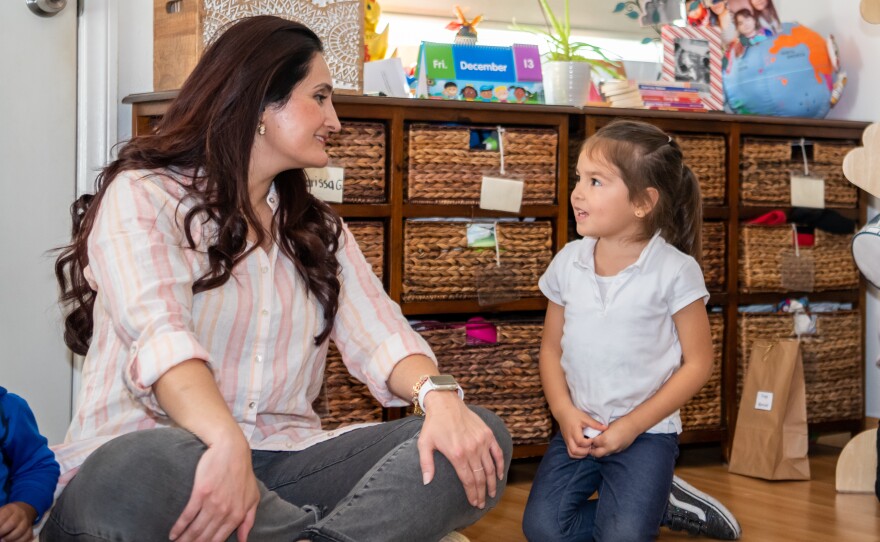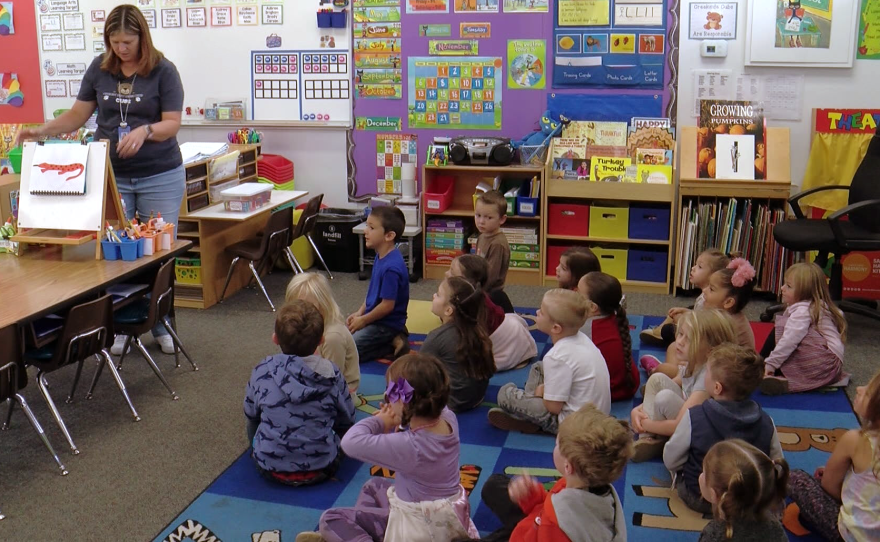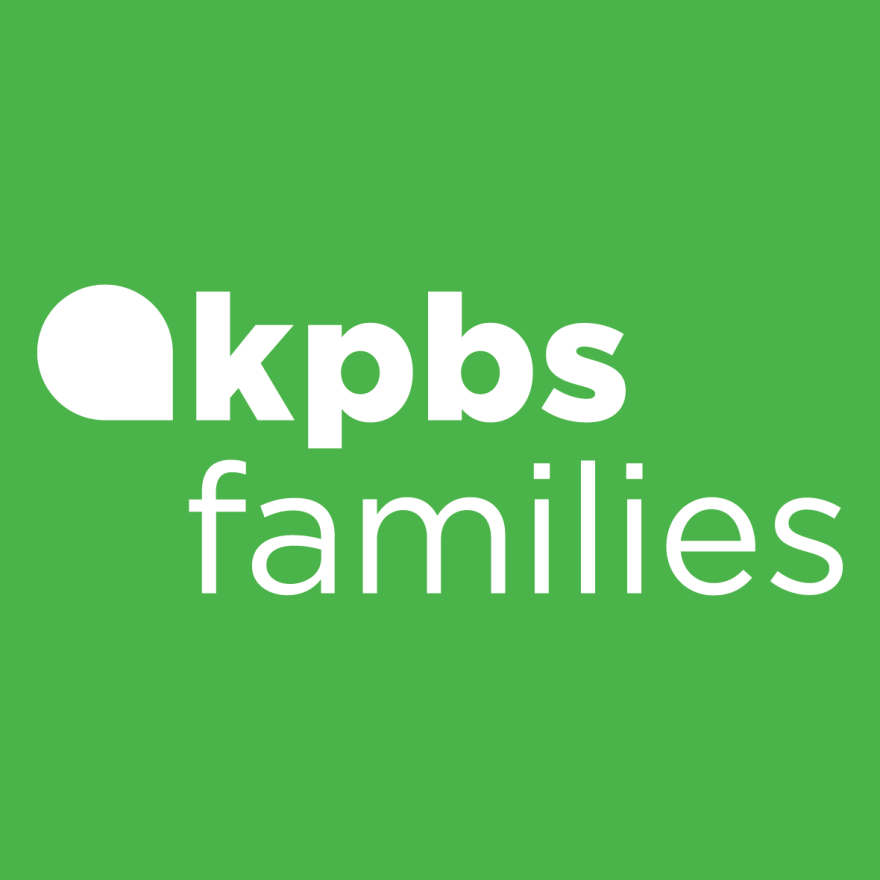This is part one of a two-part series. Read part two.
In late 2021, Gov. Gavin Newsom trumpeted a multibillion-dollar plan that he said would transform early childhood learning in California by bringing 4-year-olds into the public school system.
By 2025, all 4-year-olds will be guaranteed a free spot in a new grade, called transitional kindergarten, or TK. This expansion is meant to better prepare children for kindergarten and reduce day care costs for parents, which can run upwards of $2,000 a month.
But just a year into the rollout, there are a host of unintended consequences.
Working families aren’t able to use the program because of a lack of aftercare spots. TK is also hiring teachers away from traditional preschools and making an already dire staffing shortage worse. And some are going out of business because they no longer have 4-year-olds, whose care is cheapest to provide.
Experts say some of these impacts could have been predicted if lawmakers had consulted the child care industry. For example, a month into the school year, lawmakers had to quickly update government code so TK students could go to aftercare programs.
“We are excited to see the investments for our littles statewide, and to see this expansion to serve all 4-year-olds,” said Alethea Arguilez, the executive director of First 5 San Diego, a nonprofit that advocates for children under age 5. "But there are also a lot of real impacts in the community.”
A decimated business model
These days, the phone at Miren Algorri’s child care business is constantly ringing — but all the calls are from parents asking for care that Algorri doesn't provide.
She's run a child care center out of her home in Chula Vista for 25 years and has always cared for children aged two and up instead of infants. This is because state staffing requirements require one staff member for every four infants, but allow up to 12 four-year-olds per staff member.

But without 4-year-olds, centers are taking fewer kids, which leaves parents desperate for infant care that providers like Algorri don’t provide.
“I want to say 90% to 95% of the calls are for infants and toddlers,” Algorri said. “If my ratio for infants is four and I'm not getting phone calls for children two and up, it means that I'm going to have to decrease to caring for only four children.”
She’d have to let go of her assistant and charge far more per infant to stay profitable.
A San Diego County YMCA survey found that 85% of child care businesses have seen a reduction in enrollments of 4-year-old children and 76% have lost children to a TK program.
Magic Hours Preschool in Mira Mesa had to scramble to obtain licenses to care for infants after losing 4-year-olds to a local TK program. Others, like the Point Loma preschool Honey Bear closed after 25 years, citing staffing challenges and competition from public programs.
The TK hit comes amid a statewide child care crisis brought on by the pandemic. Since March 2020, nearly 4,000 California child care centers have closed, according to data from the state licensing department. In San Diego County, about 1 in 8 child care centers have shuttered, with closures hitting the most vulnerable neighborhoods the hardest, the data show.

TK programs poaching preschool teachers
Meanwhile, along with a flood of 4-year-olds, public schools are facing a staffing crunch.
TK teachers are “a unicorn” in terms of their credentials, said Rita Palet, the executive director of early education and services at the San Diego County Office of Education. They need a multiple subjects credential like an elementary school teacher and early childhood education units like a child care provider or preschool teacher.
“Most teachers take one pathway or the other, but for TK, you need both,” she said.
And as TK ramps up over the next three years, the need will continue to grow. The number of TK teachers needed countywide is expected to grow from 330 in 2019 to 815 next year, according to data from the San Diego County Office of Education. By 2025, the number will spike to 1,730, the data show.
Where will all those teachers come from? Many will be recruited from child care centers, making an industry-wide staffing shortage even worse.

While preschool teachers might not have their multiple subjects credentials, they can work as assistants in TK classrooms, while getting their degrees or credentials, Palet said. Some districts are also hiring teachers as interns, as long as they’re currently enrolled in a program to obtain either their multiple subjects credential or their Child Development units.
In the YMCA survey, 65% of businesses said TK impacted their staffing and 27% say staff left or are planning to leave for school district jobs.
“They were already having a challenge recruiting and retaining qualified staff, and now we see potentially more seasoned and well-trained staff, head teachers, center directors that are saying this might be a viable career path for me to go into the TK-12 system,” said Arguilez with First 5.
Algorri said she’s struggled to find an assistant teacher — something that has never happened before.
“That has a lot to do with the fact that family child care is not looked at as a profession,” she said. “So, these individuals want to better themselves by making a better income, and you cannot blame them.”
TK teachers working at public schools get better pay, better hours, and more vacation time than child care workers, so it makes sense that the field would be more appealing. And for teachers who like working with younger children, TK seems to offer a “best of both worlds” scenario.

That’s the case for Kimberly Watkinson, who will graduate from SDSU with an early childhood education degree next year. “I would love to work either in TK or Kindergarten and have my own classroom and plan very fun lessons and help these kids adapt to school,” she said.
Watkinson said she’s heard from other classmates who became preschool teachers and are struggling.
“They struggle with the pay a lot, but they keep working because they love the children,” she said. “For TK teachers and kindergarten teachers, obviously, it's not like the pay of a doctor or an engineer, but it's significantly better than a preschool teacher.”
In the past, many SDSU graduates went on to work at preschools or child care centers, but that’s rarely the case now, said Sascha Longstretch, the chair of SDSU’s Child and Family Development department.
Some are going to TK, where they can be more creative in the classroom instead of following a set lesson plan.
“They can focus on experiential learning, they can focus on developing children's social emotional skills,” she said. “Once children get into Kindergarten or 1st grade, where it's primarily math and literacy, these other activities take a backseat.”
In part two of this series, we’ll look at whether TK classes and other elementary school systems are being designed for the attention spans and emotional needs of 4-year-olds.








